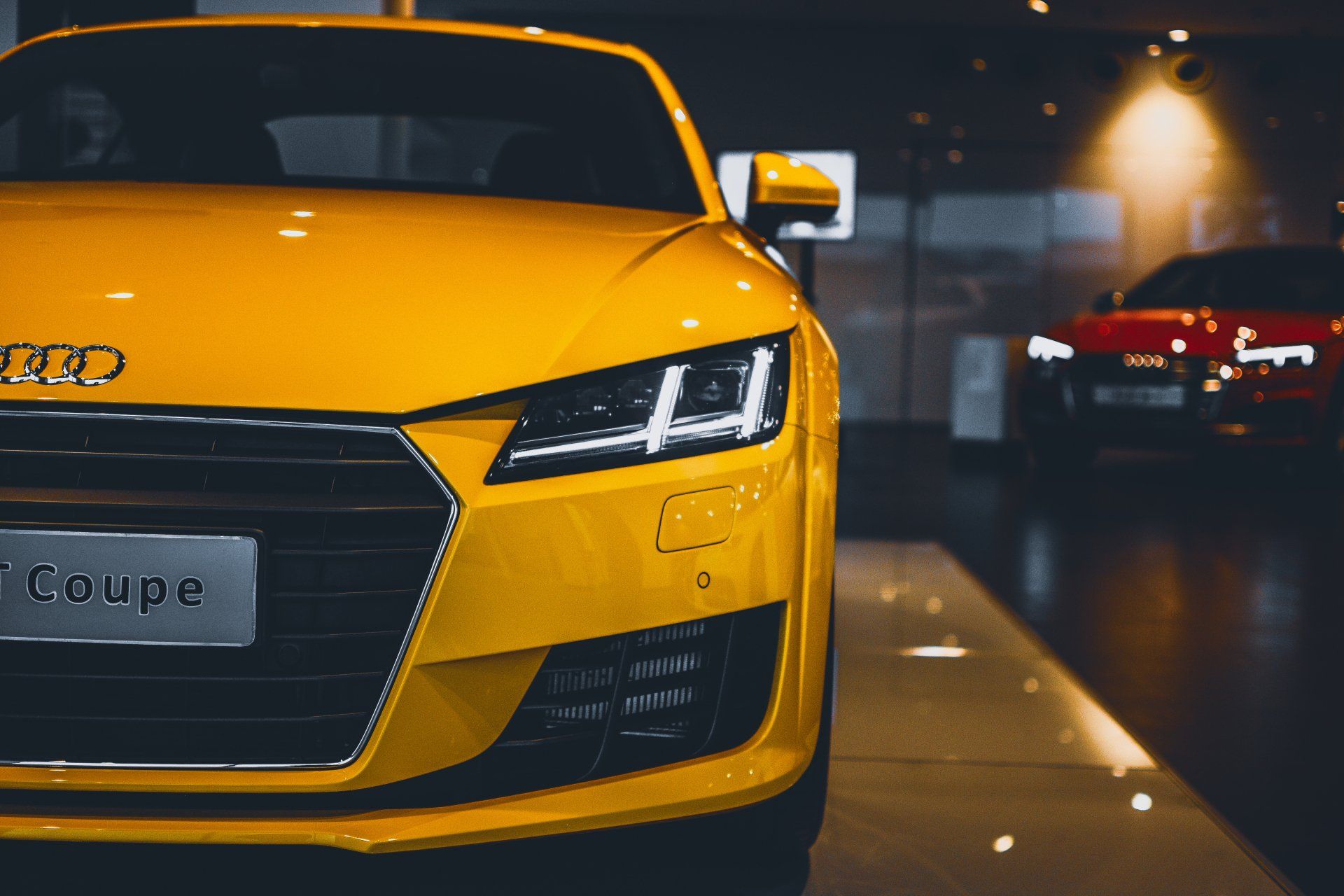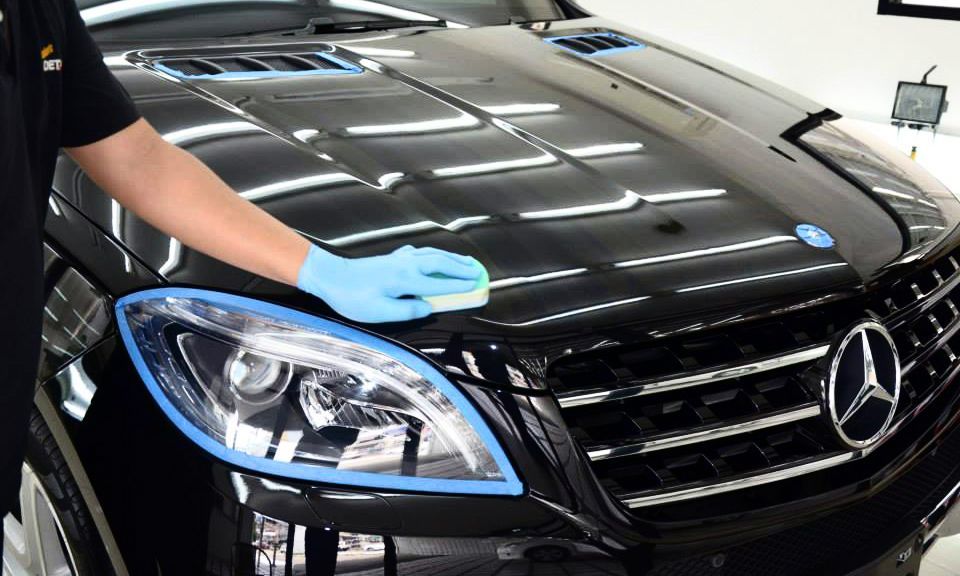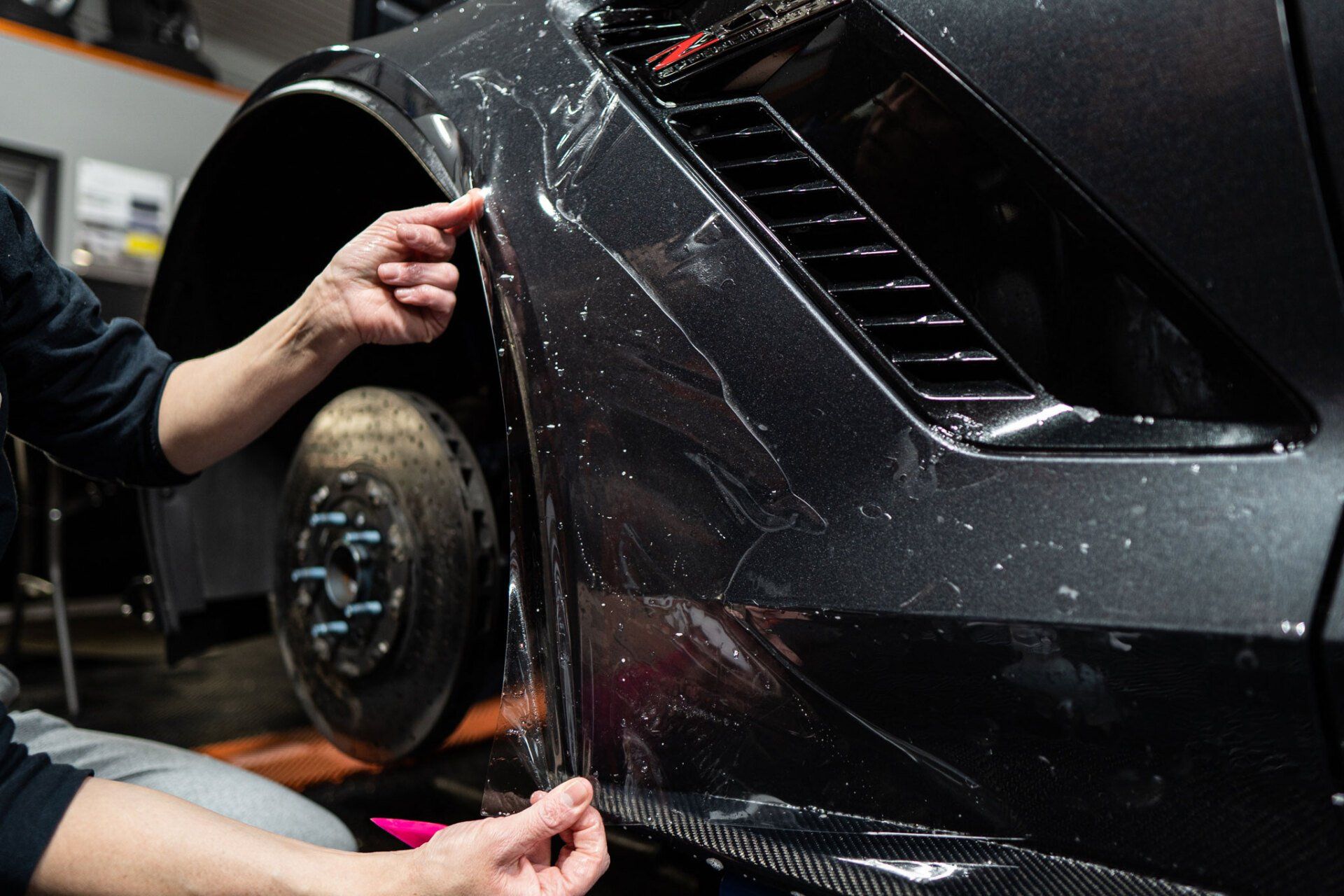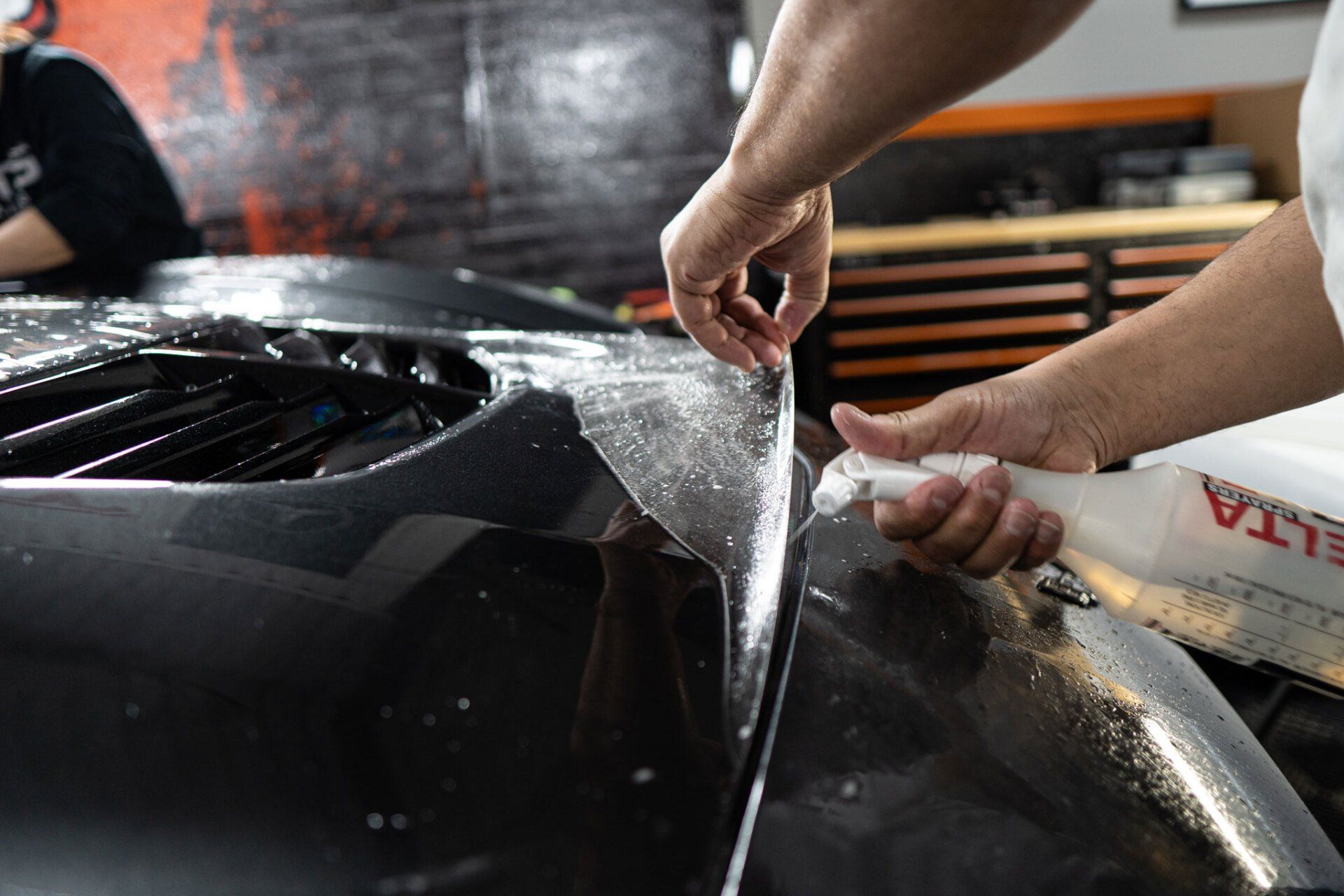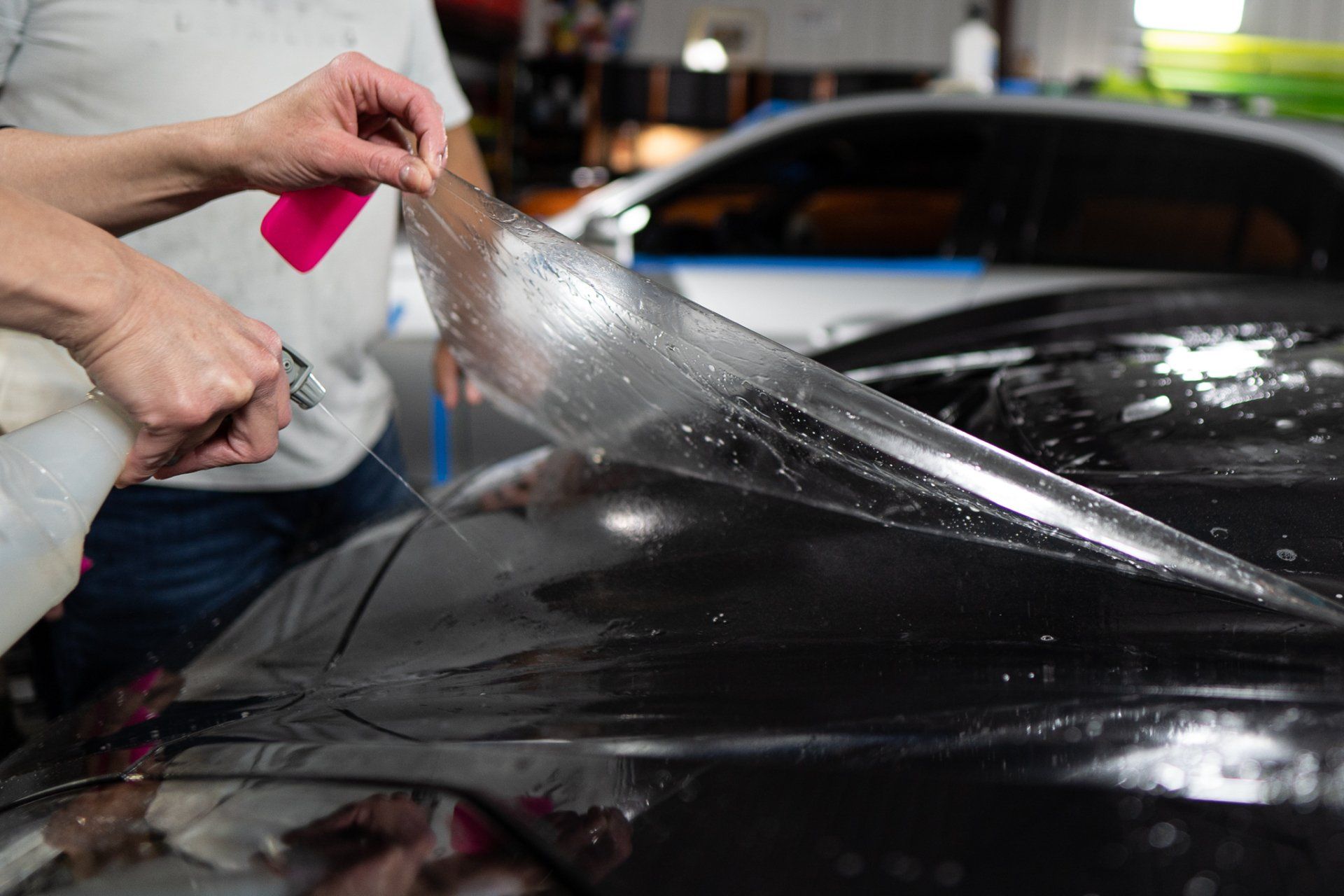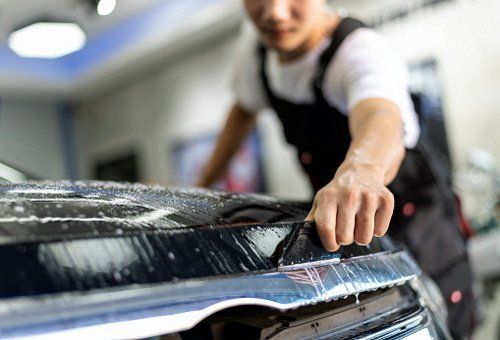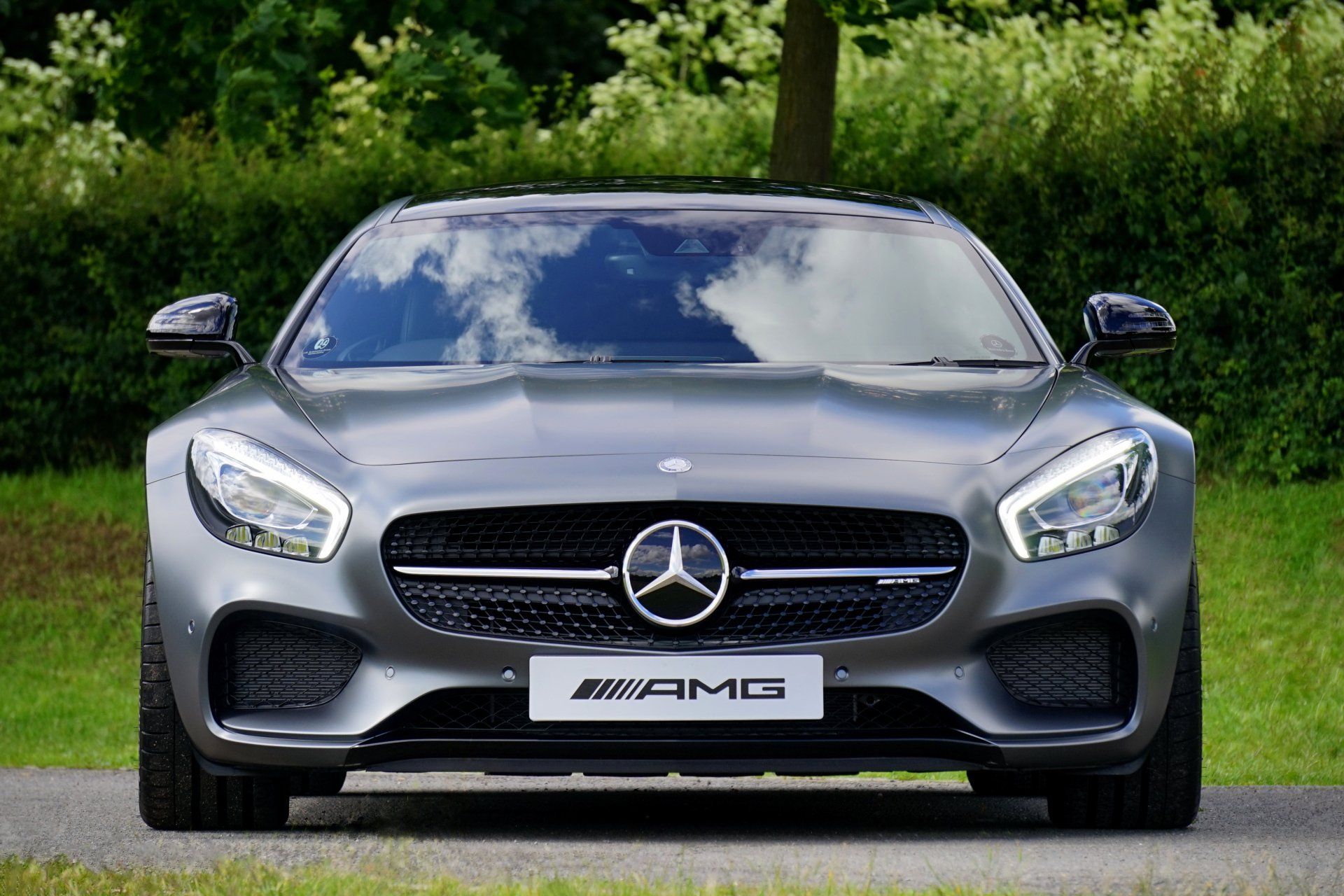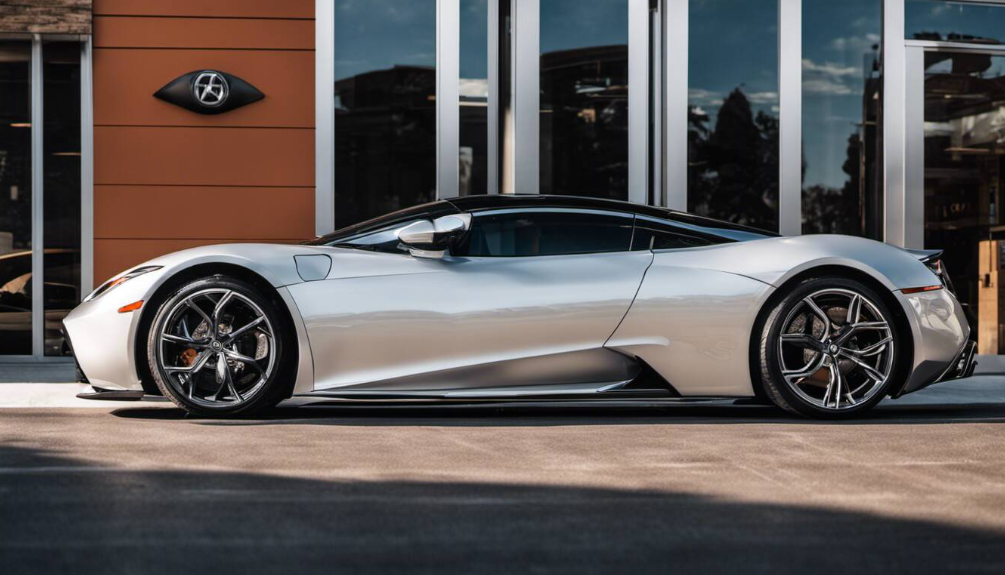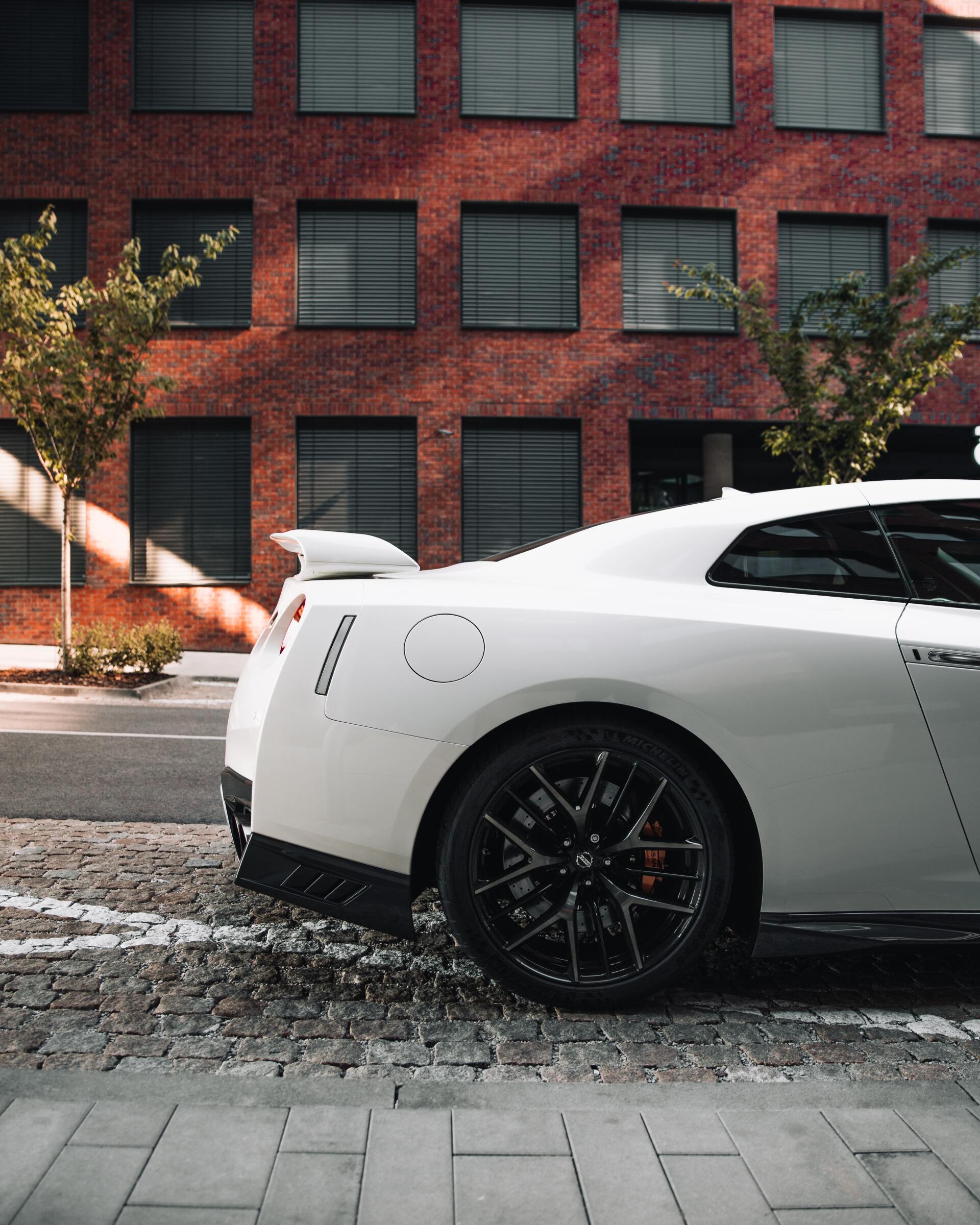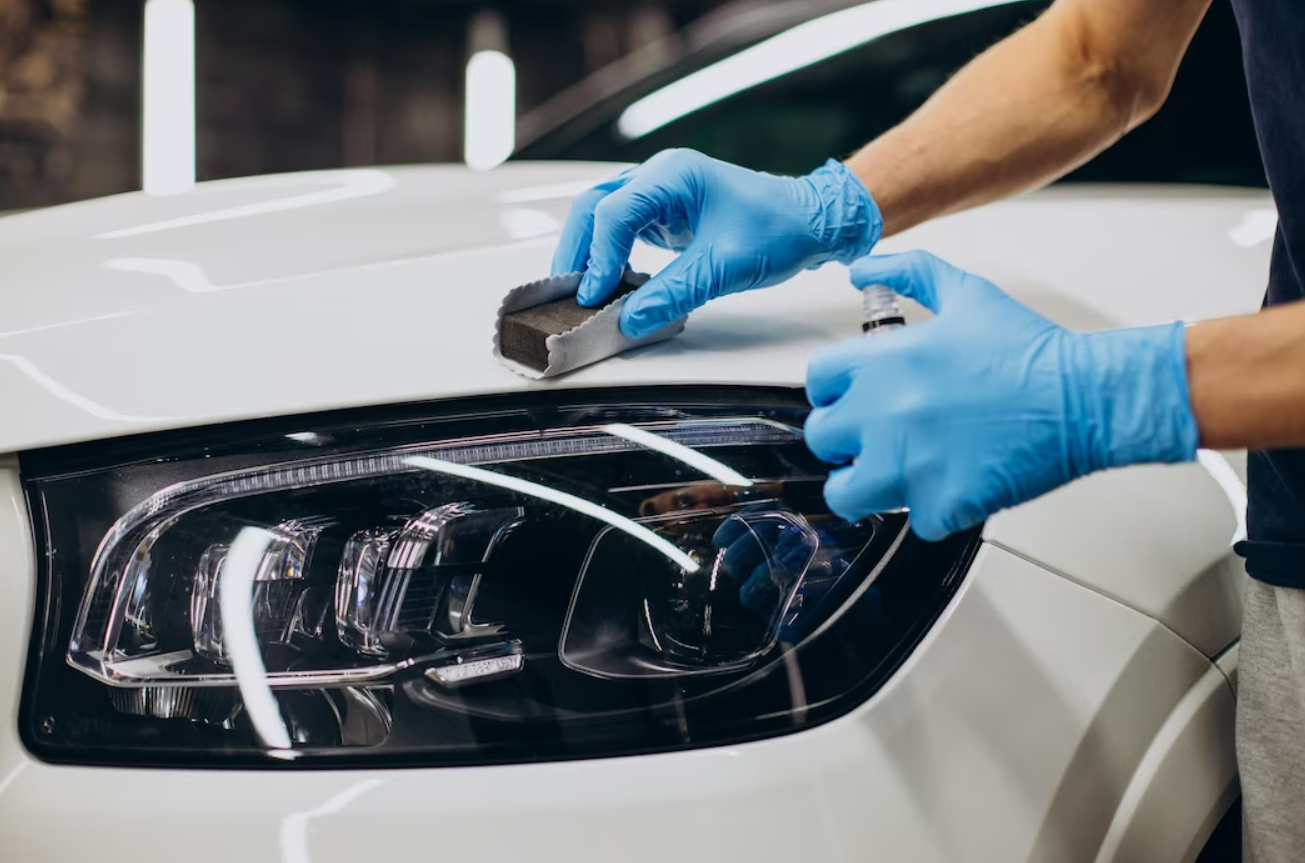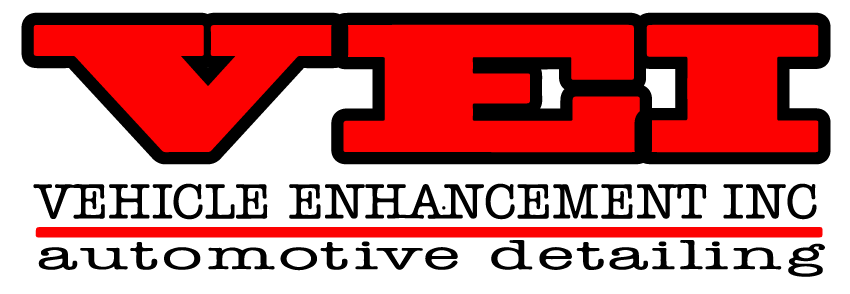When to Replace Your Vehicle's Paint Protection Film: Signs and Tips for Maintenance
Knowing when to replace your car's paint protection film is crucial for retaining its shiny charm. You'll know it's time if you start seeing signs like noticeable scratches, cracks, or changes in color on the film. Yet, many don't realize that even without such obvious damage, the PPF would still need replacement after a few years of use due to wear and tear. Proper care of the film, like regular cleaning and avoiding exposure to harsh elements, can extend its lifespan. Now let's dive deeper into these signs of damage to the paint protection film.
It is generally recommended to replace your vehicle's paint protection film every 3-5 years, but this timeframe can vary based on usage and environmental conditions. For example, work vehicles exposed to harsh elements may require more frequent replacement, while collector's cars in controlled environments might have a longer lifespan for their PPF. Consulting with a reputable installer can provide personalized recommendations based on your specific driving habits and environmental factors.
Signs Your Paint Protection Film Needs Replacement
Identifying when your paint protection film needs replacement is crucial to preserving the integrity of your vehicle's exterior. Thankfully, there are several clear indicators to keep an eye out for.
Visible Damage
One of the most telling signs that your paint protection film requires replacement is visible damage. Look for scratches, cracks, or discoloration on the film, as these compromise its protective capabilities. The purpose of PPF is to shield your vehicle's surface from such imperfections, so their presence indicates that the film may no longer be effectively serving this purpose. It's essential to comprehend that even minor blemishes can lead to severe long-term consequences. While a small scratch might seem insignificant at first glance, leaving it untreated could result in further deterioration and leave your car vulnerable to more substantial damage. Regular inspections enable you to address these issues promptly and prevent them from escalating.
Edge Detachment
Another critical aspect to inspect is the adhesion of the film edges. Over time, general wear and tear can cause the edges of the paint protection film to begin peeling or lifting. When this occurs, it not only detracts from the aesthetics of your vehicle but also compromises its comprehensive coverage and protection. Regularly check the edges of your PPF during routine maintenance sessions to detect any early signs of detachment. Addressing this promptly can prevent more extensive peeling and ensure that your vehicle remains shielded against environmental hazards.
Loss of Gloss
Another notable indication that your PPF has exceeded its lifespan is a discernible loss of gloss on its surface. Faded or dulled patches signify wear and tear, pointing towards diminished durability and effectiveness in safeguarding your vehicle's paintwork. Think of this loss of gloss as a red flag, prompting you to take action before irreversible harm befalls your vehicle. It's akin to catching a small dent before it becomes a deep scratch—addressing it promptly goes a long way in preserving both the aesthetics and structural integrity of your car.
Wear from Environmental Factors
Lastly, a paint protection film exposed to harsh environmental elements, road debris, or prolonged UV radiation may exhibit noticeable degradation. Environmental factors can take a toll on the protective properties of the film, leading to reduced efficacy in shielding your vehicle from potential harm.
By staying attentive to these telltale signs and incorporating them into your regular maintenance routine, you can effectively monitor the condition of your paint protection film and take timely action to ensure optimal protection for your vehicle’s exterior.
Cost Implications of Retaining Old Paint Protection Film
When it comes to paint protection film, it can be tempting to forego replacement to save money. However, the decision to retain an old PPF can lead to unexpected long-term costs that outweigh the initial investment. Here are some important cost implications to consider.
Repairs for Damaged Paint
The primary purpose of a paint protection film is to safeguard your vehicle's paint from potential harm. Picture it as a suit of armor for your car or truck. When this protective layer starts to wear out and deteriorate, it exposes your vehicle's paint to potential damage. The compromised PPF may fail to shield the paintwork adequately, leaving it vulnerable to scratches, chips, and other blemishes. As a result, you may find yourself needing to invest in costly repairs to restore the appearance of your vehicle. In addition to the financial burden, having damaged paint on your vehicle can also detract from its aesthetic appeal and reduce its resale value. A once immaculate finish marred by visible imperfections can significantly diminish the overall appearance of the vehicle. It's akin to seeing battle-scarred armor instead of a pristine one.
Reduced Resale Value
When it comes time to part ways with your vehicle, whether trade-in or private sale, its overall condition plays a pivotal role in determining its resale value. Retaining old or damaged paint protection film can substantially decrease the visual appeal of your vehicle, making it less attractive to potential buyers. As a result, you may have a harder time negotiating a favorable price when selling or trading in your vehicle. Prospective buyers might perceive worn-out or damaged PPF as a sign of neglect in terms of vehicle maintenance. This perception can further erode the perceived value of the vehicle and make it less desirable in the competitive used car market.
Ultimately, while it may seem cost-effective to postpone a paint protection film replacement, considering these long-term cost implications is crucial for making an informed decision that best serves both your vehicle's protection and its monetary value in the future.
Lifespan Extension through Fresh Paint Protection Film
Installing a new paint protection film is like giving your vehicle a shield of armor. It can be especially crucial if you drive in areas with harsh weather conditions or rough road surfaces, as it provides an added layer of protection against abrasive debris and environmental damage. A fresh paint protection film offers enhanced protection for your vehicle's paintwork. It acts as a sacrificial barrier, absorbing the impact of scratches, rock chips, and other potential surface damage that may occur during regular use. In addition, the PPF's topmost layer is constructed from a self-healing polymer substance that not only guards against UV damage but also ensures the original paint finish is preserved. This means that even after years of driving, your car will maintain its glossy appearance and avoid fading or discoloration caused by prolonged sun exposure.
Apart from offering superior protective qualities, a new paint protection film significantly contributes to maintaining the aesthetics of your vehicle. The fresh film acts as a shield against environmental wear and tear, keeping your car looking sleek and visually appealing. By eliminating the worry of scratches and rock chips compromising your vehicle's appearance, a new PPF gives you peace of mind, allowing you to take pleasure in the pristine condition of your car. By providing advanced defense mechanisms against physical damage and preserving the visual allure of your vehicle,
installing fresh paint protection film extends the lifespan of your car's paintwork and keeps it looking immaculate for years to come.
When Should you Consider Replacement?
Knowing when to replace your vehicle's paint protection film is crucial to maintaining the appearance and condition of your car's paint. Here are some key indicators that suggest PPF replacement is necessary.
The Film Is No Longer Effective
When the film begins to lose its effectiveness, it's a clear sign that replacement is needed. Over time, the protective properties of the paint protection film may deteriorate, causing it to lose its ability to repel water effectively or resist physical damage. If you notice that water no longer beads off the surface of the film or if it shows signs of physical damage such as scratches, dings, or peeling, then it has likely reached the end of its effective lifespan. These issues indicate that the film is no longer providing the level of protection it was designed for, and prompt replacement is necessary to safeguard your vehicle's paint.
Inspection Reveals Significant Wear
Performing regular visual inspections of the paint protection film is essential to identifying signs of wear and tear. If significant wear is observed during these inspections, such as noticeable scratches, discoloration, or peeling of the film, it's a strong indication that the protective capabilities of the PPF have been compromised. Prompt replacement becomes imperative to prevent further damage to the underlying paintwork. Regular maintenance and inspection can help catch these signs early and protect your vehicle from potential harm.
Recognizing these signs allows for timely replacement of the PPF, ensuring continued protection for your vehicle's paintwork. By replacing the film when necessary, you can uphold the integrity and appearance of your car's exterior.
Maintenance Strategies for Longer-Lasting Paint Protection Film
Maintaining your vehicle's paint protection film is crucial for keeping it in prime condition. Here are strategies to help you extend the life of your PPF and ensure it continues to protect your car's paint effectively.
- Regular Cleaning: Regular cleaning is vital for preserving the integrity of your paint protection film. Accumulated dirt, grime, or contaminants can compromise its protective properties. Frequent washing with a clean microfiber mitt and car wash soap is the most effective way to prevent dirt buildup. It's important to avoid using harsh brushes or abrasive materials during the cleaning process, as these can cause damage to the PPF. Additionally, steering clear of automatic car washes with abrasive brushes or high-pressure washers near the edges of the film can help preserve its surface quality over time.
- Avoiding Harsh Chemicals: Using the right products is essential when cleaning your paint protection film. Harsh chemicals, such as acidic or abrasive cleaning solutions, can damage the film's surface and compromise its protective capabilities. Investing in high-quality car wash soap with lubrication additives and wax without harsh chemicals can go a long way toward maintaining the appearance and protective qualities of your PPF.
- Professional Inspection: In addition to regular at-home maintenance, periodic professional inspections are highly beneficial for identifying potential issues early on. Engaging the services of a reputable professional allows for a thorough assessment of the paint protection film's condition, enabling proactive maintenance and replacement when necessary. During a professional inspection, trained technicians can identify any signs of wear and tear, adhesive failure, or damage to the film that may not be immediately visible. This proactive approach enables timely intervention and ensures that any issues are addressed before they escalate into larger problems that could compromise the protection provided by the PPF.
By incorporating these maintenance strategies into your routine, you can significantly prolong the life of your vehicle's paint protection film and enjoy long-lasting protection and visual appeal for your car's paintwork. With these maintenance tips, you can uphold the integrity of your vehicle's paint protection film and keep your car looking impeccable for years to come.
Trusted Paint Protection Film Service in Dayton, OH
Discover unparalleled protection for your prized vehicle with Vehicle Enhancement Inc., your
trusted provider of paint protection film service in Dayton, OH. Our dedicated team combines years of expertise with top-of-the-line materials to safeguard your car's finish against the hazards of daily driving, including chips, scratches, and road debris. Experience peace of mind knowing your investment is shielded by our trusted PPF solutions, meticulously applied for seamless integration and long-lasting results. Don't compromise on quality—choose Vehicle Enhancement Inc. for unmatched protection and drive with confidence knowing your vehicle is in the hands of professionals. Schedule your appointment today by calling our team at
(937) 361-7993 and elevate your car's defense against the elements!
